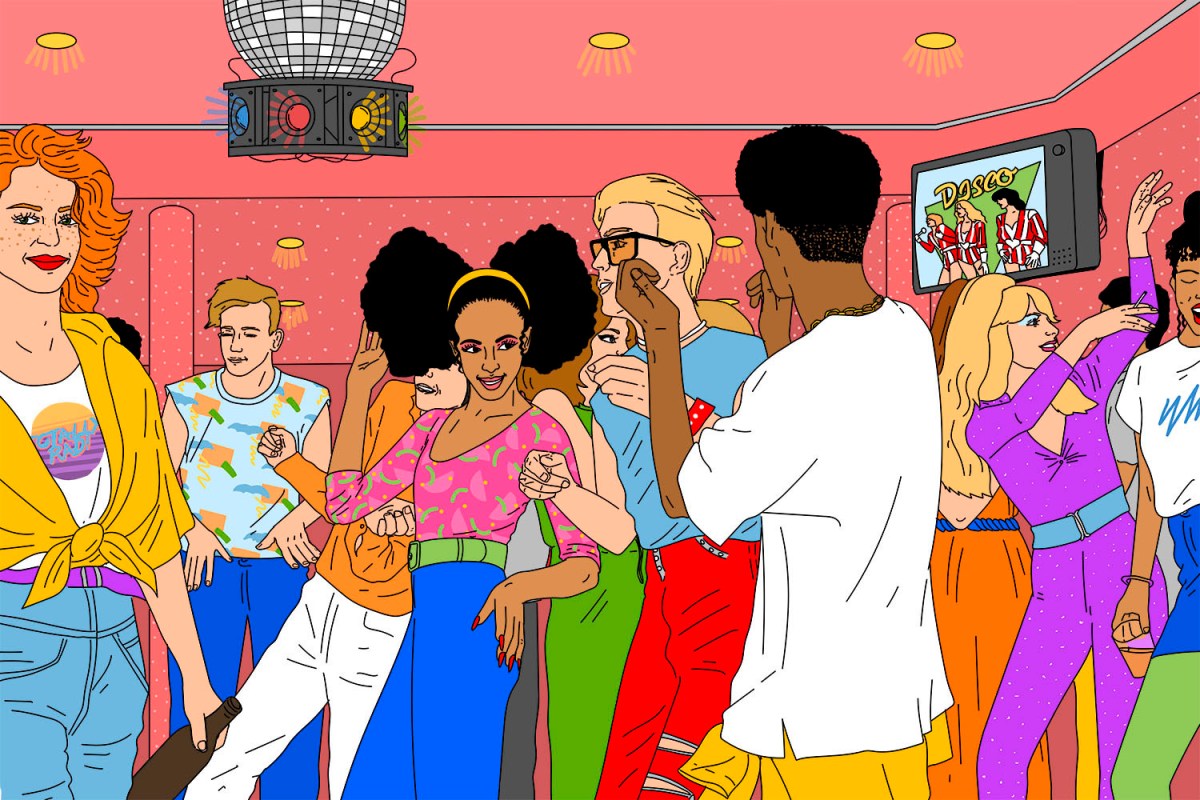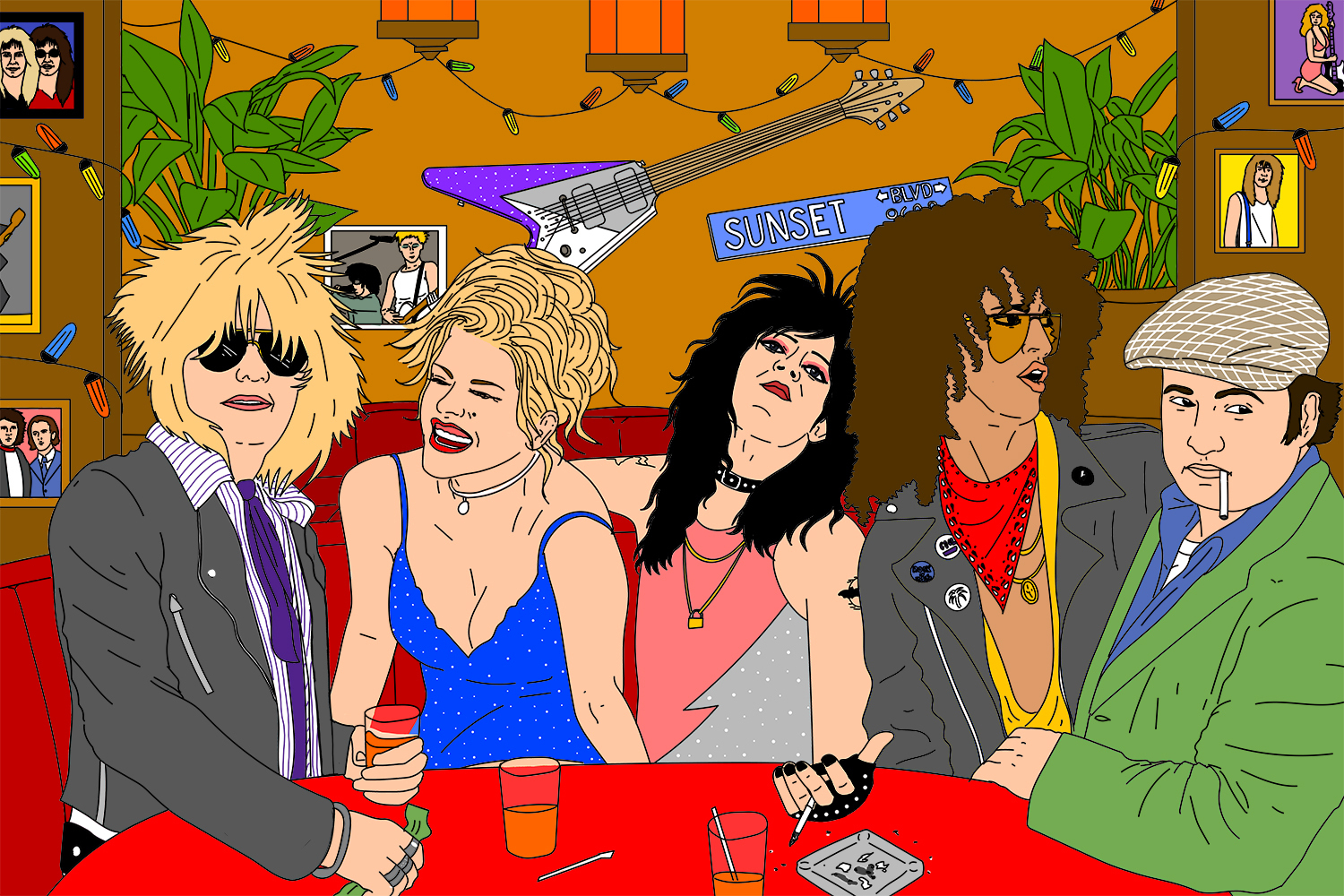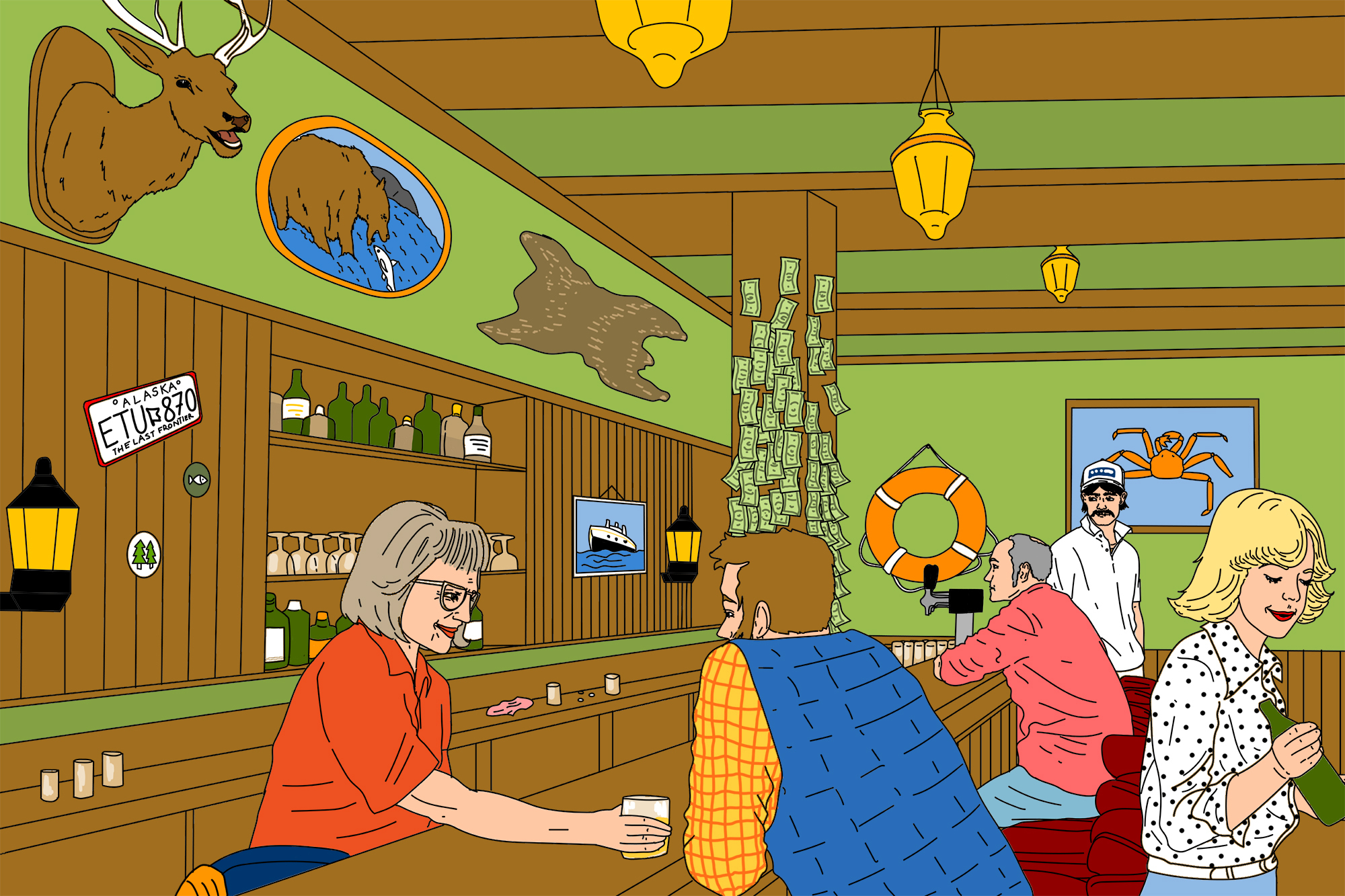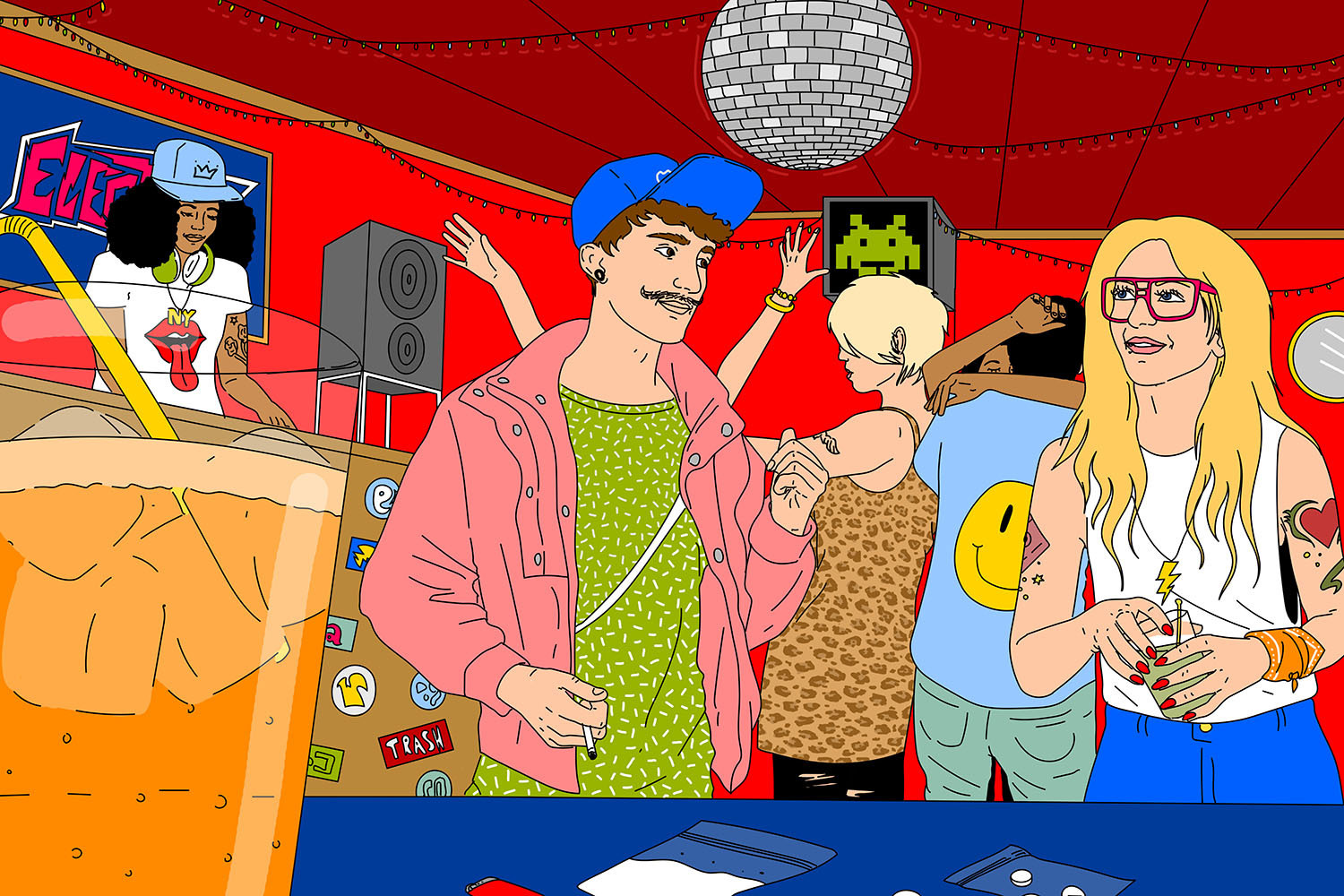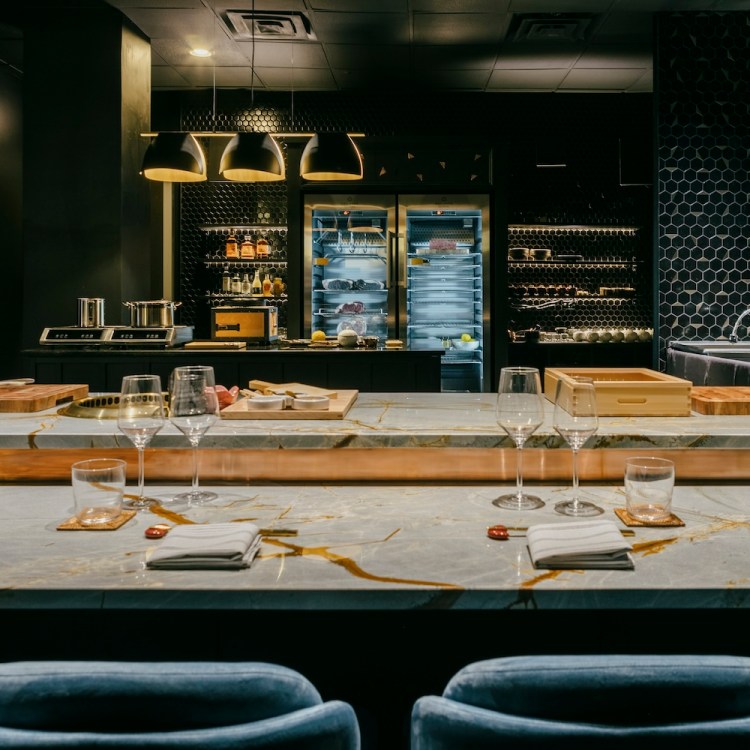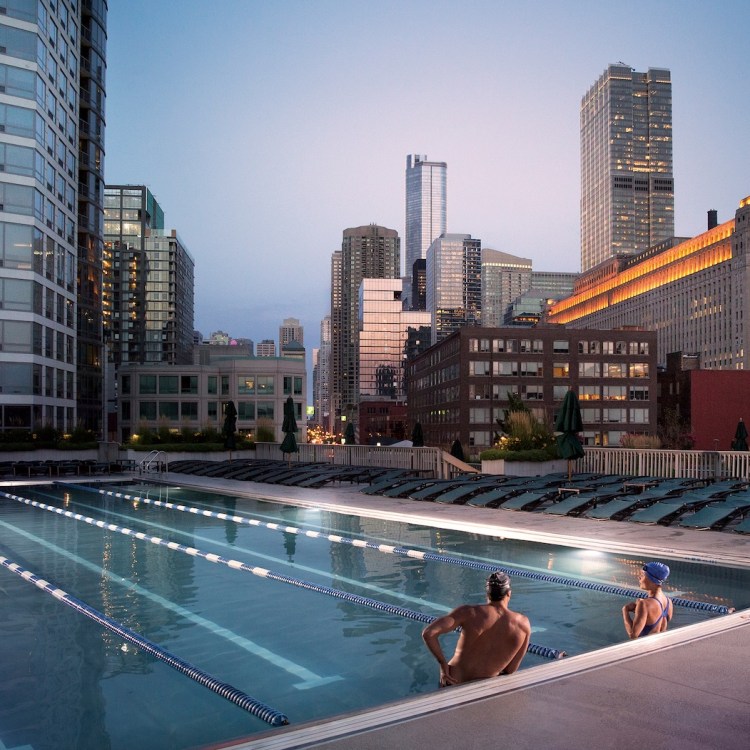When we think of the suburbs, we often think of strip malls, drive-throughs, chain restaurants and big box stores. Visions of tree-lined neighborhoods, McMansions, lemonade stands and Little League pop into our heads. Certainly not hip nightclubs. And yet, for a brief moment in the 1980s, the Chicago’s ’burbs became a scene, a place people weren’t begrudgingly resigned to, but coveted.
“Not for the stretches of shopping malls and Jiffy Lubes,” explained Judy Hevrdejs, writing for the Chicago Tribune in 1989, “but for the huge dance clubs … that line the highways stretching beyond O’Hare.”
Between 1967 and 1982, Chicago lost 250,000 jobs as the city’s population fell from 3.8 million to under 3 million. The Loop — at that point almost entirely abandoned after business hours — devolved into nothing more than seedy taverns, adult bookstores, short order grills and men’s hotels, “the type where Elwood lived in The Blues Brothers,” according to Chicago Magazine. Respectable people thus began moving to the city’s suburban enclaves like Schaumburg, Lombard, Hoffman Estates and Aurora.
Many of these suburbanites didn’t even commute to work in Chicago anymore, instead taking jobs in nearby office parks hosting companies like Motorola and Walgreens, countless insurance agencies and the back-office operations of several major corporations. A new breed of bars, in turn, sprung up trying to attract these forty-, thirty- and sometimes even twenty-somethings who had begun to eschew urban living.
These were yuppies, but without the “u.” And after work and on weekends, thousands of them would jam into places with goofy names like Thumper’s Bar and Cafe, Toto’s, La Margarita, The Safari Club, Bamboo Room and Doc Weeds, dancing to multi-colored lights and music videos, smoking cigarettes, drinking white wine and peach schnapps, then driving back to their two-story homes in quiet neighborhoods near the lake.
The epicenter was the Snuggery, first opened as a neighborhood bar on North Avenue in 1970 before moving to the suburbs in 1974. Its then-25-year-old owner, Fred Hoffman, had been raised in the suburban hospitality business, with his family owning a restaurant in Maywood. His first spot would attempt to emulate the then-“granddaddy of all singles bars,” Butch McGuire’s Saloon on Division Street. The Snuggery name itself was meant to define the bar as an intimate area reserved for couples and lovers.
“No one wanted to cater to (young people) in the ’60s, and we were the first bar in the country that catered to (that crowd),” McGuire explained. “In my estimation, he (Fred Hoffman) expanded the idea. He improved on the system, and he was the first guy to move to the suburbs.’”
By the mid-1970s Hoffman had Snuggerys in Edison Park and Mt. Prospect. By 1981 he had one on Hammond Drive in Schaumburg, 21 miles northwest of Chicago, “Not the twilight zone exactly, but not the main stem either,” cracked Time Magazine during a visit in 1983.
Still, writer Jay Cocks marveled at Snuggery’s 11 state-of-the-art big-screen TVs that, instead of broadcasting Cubs and Bears games, played music videos. Instead of DJs, the nightclub had video jockeys “spinning” VHS tapes — Michael Jackson, Talking Heads, Billy Joel — all while these suburbanites danced and threw back shots like they were in the heyday of Studio 54.
“[T]he only place in America where no one has heard that disco is dead,” joked Cocks.
Nearby, the area’s most famous sports star had also become one of the suburb’s top nightclub impresarios. Then in his prime, Chicago Bears running back Walter Payton would open Studebaker’s in the Woodfield Commons strip mall in Schaumburg in 1983. The retro-themed disco — mostly playing Motown hits on a vintage Wurlitzer — attracted older singles looking to mingle on a dance floor placed near a cherry red 1950 Studebaker.
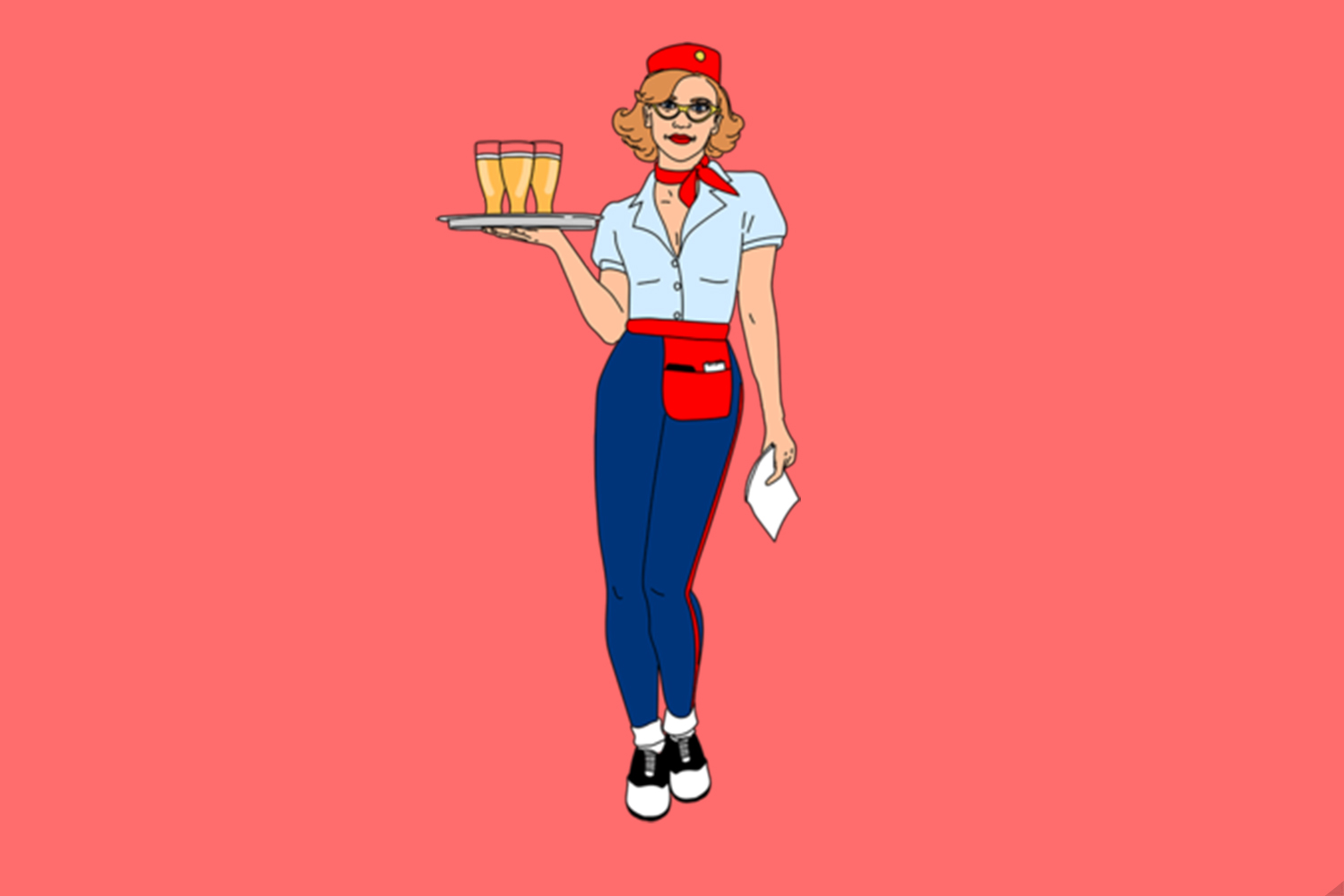
“Waitresses straight out of American Graffiti serve drinks in their pleated skirts and saddle shoes, while busboys play up the cute ’n’ wholesome aspect in suspenders and bow ties,” read one review. Another, from the New York Times, noted that customers would often dance on their own tables.
By 1987 Payton’s restaurant group Entertainment One also had The Pacific Club, a 10,000-square-foot tropical oasis — neon palm trees, aqua blue walls, pink fabric — set up in a former J.C. Penney Automotive Center at the Yorktown shopping mall in Lombard. It was such a sensation on opening night that many guests arrived in rented limousines.
“If anyone has wondered where all the men are, or where all the women are, move to the suburbs,” wrote the Chicago Tribune in reviewing the nightclub.
A little to the southwest, in Aurora, Illinois, a historic railroad repair station built in 1856 had been turned into a sprawling 72,000-square-foot dining and entertainment complex by 1983. It was called Walter Payton’s Roundhouse and within the complex was America’s Brewpub, one of the earliest microbreweries in the area, despite the fact that the slender running back wasn’t much of a beer guy.
As the decade was coming to a close, Entertainment One would also open Thirty Four’s — Payton’s jersey number — adjacent to the Hyatt Regency Hotel. “A mecca for the young and restless and well-dressed,” wrote the Tribune, with sport memorabilia on the walls and a race car suspended from the ceiling above a strobe-lit dance floor. “Hordes of upscale singles line up on weekends outside the tony dance hall adjacent to a Hyatt Hotel on Golf Road,” wrote Hugh Hart. “Carefully coordinated outfits mingle with jocks in polo shirts and dudes in pony tails and Italian suits.” (“Come check out our playing field and get into the action,” read the drink ticket promotions distributed around town.)
By 1989, however, a been-there-done-that sense of malaise had arrived, and newly sprung-up nightclubs were trying to top themselves with outlandish themes. Like at Toto’s, which offered a yellow-and-white striped awning meant to evoke a carnival atmosphere once inside with freak show posters touting Marie the Living Mermaid, Knife Thrower Ricardo and the Daring Camille! Every night starting at 9 p.m., a cavalcade of circus-type performers would appear around the dance floor — jugglers, men on stilts, fire-breathers and, yes, clowns. Popcorn and cotton candy machines were readily available and men tried to impress their dates by playing literal carnival games.
But if having clowns roaming around your bar wasn’t fucked up enough, there was an unexpectedly seedy underbelly to all this suburban partying, and the glory days were soon to end, thanks in part to something with the code name “Operation Glitter.” In 1988, undercover police cracked down on “open and notorious” cocaine deals that had been going on for years within these suburban hot spots. Most of those busted were actually employed by the nightclubs themselves.
“Police officials throughout the suburbs suspected for years that these so-called ‘glitter palaces’ also harbored middle-level drug dealers who sold marijuana, cocaine and other illegal drugs under the cover of the loud music and the crush of moving bodies,” reported Dave Urbanek for Illinois Issues.
That same year, Payton, an avid gun collector, would accidentally shoot one of his employees. Then, in 1991, a mansion in an upper-middle-class Des Plaines subdivision was busted for nightly coke deals. The home was that of Martha J. Rymarzak, the 39-year-old owner of Red Cloud Tavern, who was dealing in cahoots with her son, the tavern’s head bartender.
A quieter, more typically suburban era was soon to arrive. By 1991, the enormous Snuggery was less a druggy disco scene and more of a Cheers-esque local watering hole, with the Chicago Tribune explaining that there was always “a mix of people from bricklayers to CEOs.” Running low on customers, bars like Toto’s began hosting alcohol-free “teen nights,” hoping to attract the growing children of their former ’80s patrons. By 1995, 34s was likewise being retooled for its more typical customers.
“The concept had reached a fever peak in the early ’90s, but I think-as all nightclubs do start to show their wear — it was something where the crowds really tailed off,” Wally Gullick, spokesman for Payton’s four Chicago-area bars, remarked. At its peak, Thirty Four’s was pulling in between 5,200 to 5,500 people weekly, but those numbers tapered off “when the yuppie crowd started to settle down with families,” Gullick said.
By 1996 Payton’s group had sold the space to a new owner, Michael Tracy. He had, in turn, made an even more on-the-nose pivot toward the older and older suburban parents now residing in the area. Maybe mom and dad didn’t want a coked-fuel nightclub any longer seemed the be his guiding principle. Maybe they just wanted a relaxed home away from home. So he named his new bar The Living Room. And not long after, the suburbs were suburbs again.
Every Thursday, our resident experts see to it that you’re up to date on the latest from the world of drinks. Trend reports, bottle reviews, cocktail recipes and more. Sign up for THE SPILL now.
